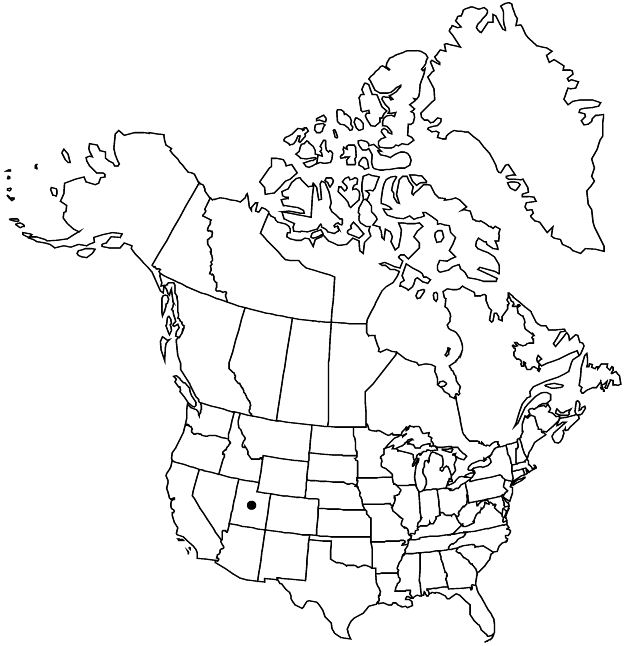Difference between revisions of "Potentilla paucijuga"
in N. L. Britton et al., N. Amer. Fl. 22: 348. 1908.
FNA>Volume Importer |
FNA>Volume Importer |
||
| Line 16: | Line 16: | ||
|name=Potentilla pensylvanica var. paucijuga | |name=Potentilla pensylvanica var. paucijuga | ||
|authority=(Rydberg) S. L. Welsh & B. C. Johnston | |authority=(Rydberg) S. L. Welsh & B. C. Johnston | ||
| + | |rank=variety | ||
}} {{Treatment/ID/Synonym | }} {{Treatment/ID/Synonym | ||
|name=P. rubricaulis var. paucijuga | |name=P. rubricaulis var. paucijuga | ||
|authority=(Rydberg) Soják | |authority=(Rydberg) Soják | ||
| + | |rank=variety | ||
}} | }} | ||
|hierarchy=Rosaceae;Rosaceae subfam. Rosoideae;Rosaceae tribe Potentilleae;Potentilla;Potentilla sect. Rubricaules;Potentilla paucijuga | |hierarchy=Rosaceae;Rosaceae subfam. Rosoideae;Rosaceae tribe Potentilleae;Potentilla;Potentilla sect. Rubricaules;Potentilla paucijuga | ||
| Line 43: | Line 45: | ||
-->{{#Taxon: | -->{{#Taxon: | ||
name=Potentilla paucijuga | name=Potentilla paucijuga | ||
| − | |||
|authority=Rydberg in N. L. Britton et al. | |authority=Rydberg in N. L. Britton et al. | ||
|rank=species | |rank=species | ||
| Line 58: | Line 59: | ||
|publication year=1908 | |publication year=1908 | ||
|special status=Endemic | |special status=Endemic | ||
| − | |source xml=https://jpend@bitbucket.org/aafc-mbb/fna-data-curation.git/src/ | + | |source xml=https://jpend@bitbucket.org/aafc-mbb/fna-data-curation.git/src/f50eec43f223ca0e34566be0b046453a0960e173/coarse_grained_fna_xml/V9/V9_317.xml |
|subfamily=Rosaceae subfam. Rosoideae | |subfamily=Rosaceae subfam. Rosoideae | ||
|tribe=Rosaceae tribe Potentilleae | |tribe=Rosaceae tribe Potentilleae | ||
Revision as of 22:39, 16 December 2019
Caudex branches not sheathed with marcescent whole leaves. Stems decumbent to ascending, 0.5–2(–2.5) dm. Basal leaves subpalmate, (2–)3–8 cm; petiole 1–4 cm, long hairs sparse to abundant, ascending to spreading, 0.5–2.5 mm, weak to ± stiff, scarcely to ± verrucose, short-crisped hairs abundant, cottony hairs absent, glands sparse to common; leaflets (3–)5(–7), proximalmost separated by 1–5 mm, central narrowly obovate-elliptic, (1–)1.5–2.5(–3) × 0.8–1.5 cm, petiolules 0–1 mm, distal 3/4 to whole margin incised 2/3–3/4 to midvein, teeth 5–7 per side, (2–)3–6 mm, apical tufts 0.5–1 mm, abaxial surfaces grayish white to white, long hairs abundant, cottony-crisped hairs usually dense, short hairs and glands absent or sparse, adaxial grayish green, long hairs common to abundant, 1–2 mm, ± stiff, short-crisped hairs abundant, cottony hairs absent, glands sparse to common. Cauline leaves 1–2. Inflorescences (3–)5–10-flowered, congested or ± elongating in fruit, branch angle 10–30°. Pedicels 0.2–1 cm, proximal to 1.5 cm. Flowers: epicalyx bractlets ± lanceolate, (2–)3–5(–6) × 0.5–1.5 mm; hypanthium 3.5–5 mm diam.; sepals 4–6 mm, apex narrowly acute, glands ± common, only partly obscured; petals yellow, ± overlapping, (4–)5–6 × 4.5–5.5 mm, longer than sepals; filaments 0.5–2 mm, anthers 0.7 mm; carpels 50–70, styles 1.2–1.5 mm. Achenes 1.3 mm.
Phenology: Flowering summer.
Habitat: Alpine tundra, patches of turf in talus
Elevation: 3300–3700 m
Discussion
Potentilla paucijuga is a distinctive species endemic to the La Sal Mountains in Grand and San Juan counties. Diagnostic features include silvery-silky subpalmate leaves, relatively showy flowers with elongate epicalyx bractlets and sepals, and styles that are nearly 1.5 mm. In Colorado (for example, W. A. Weber and R. C. Wittman 1996), P. pensylvanica var. paucijuga has been applied to what is treated here as P. jepsonii (sect. Pensylvanicae).
Selected References
None.
